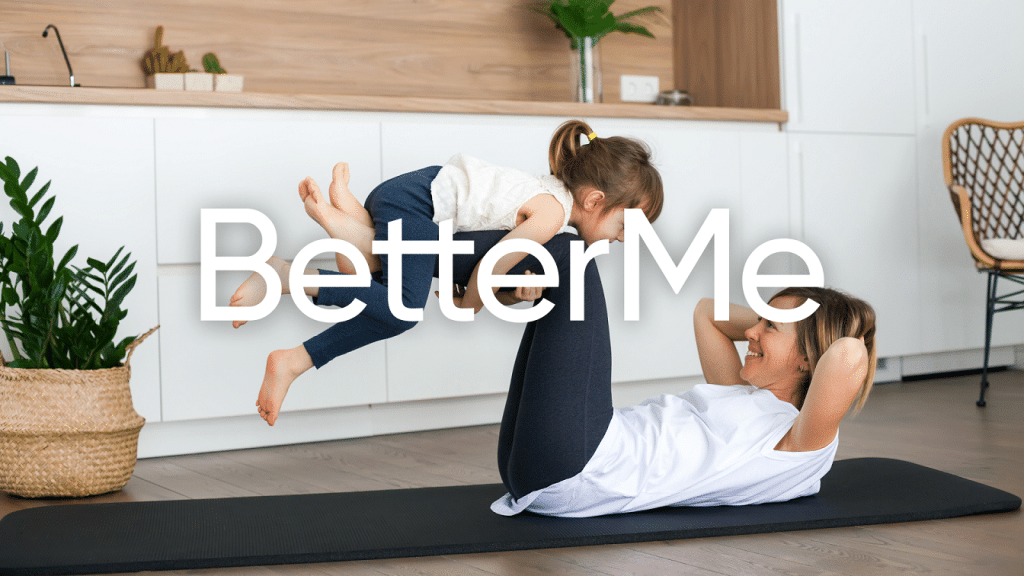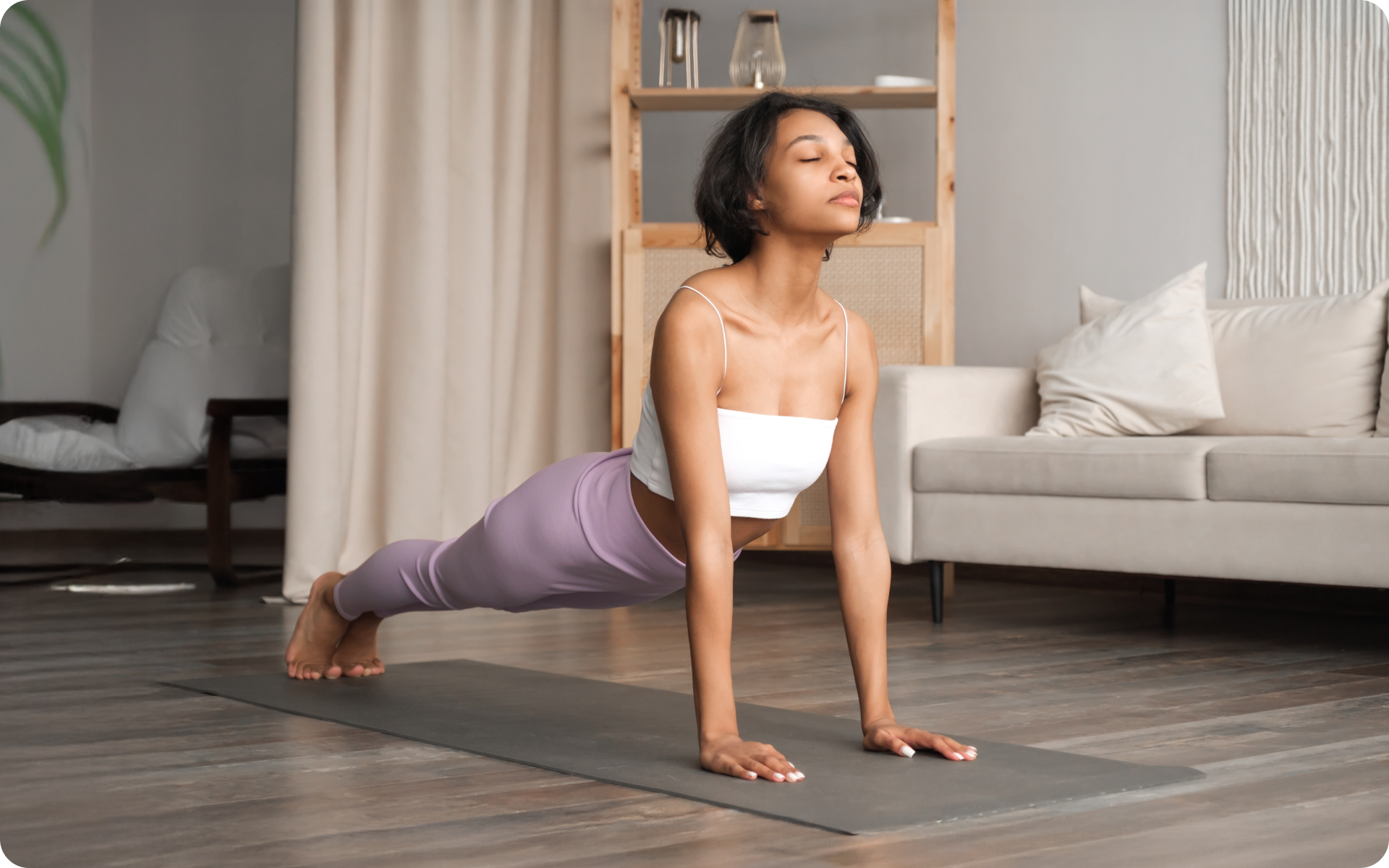Youth need to be physically active to stay healthy and avoid obesity. According to the Centers for Disease Control and Prevention (CDC), children and adolescents should do 60 minutes or more of physical activity each day (5). There are many benefits of physical activity for youth. Regular physical activity can help improve academic performance, reduce stress, and improve mental health. It can also help reduce the risk of developing chronic diseases such as heart disease, diabetes, and cancer (4). In this article, we will discuss some of the best youth fitness activities and their benefits.
Get your personalized
meal plan!
What Are Youth Fitness Activities?
Youth fitness activities are physical activities that are specifically designed for children and adolescents. These activities can be organized as part of a school program, after-school program, community center, or other youth organization.
There are many different types of youth fitness activities, and they can vary based on the age of the participants. Some examples of youth fitness activities include:
Play
Play is the most basic form of youth fitness activity, and it is also one of the most important. Play can take many different forms, such as tag, hide-and-seek, or organized sports.
Play is important for children because it helps them develop physical skills and coordination. It also helps them socialize and learn how to interact with other children (6).
Organized Sports
Organized sports is another great way for children to be physically active (7). There are many different types of organized sports, such as basketball, soccer, baseball, and tennis.
Organized sports provide children with structure and competition. They also teach children how to work together as a team (7).
Read More: Is Mental Fitness Important? Definition And Tips To Improve Mental Wellbeing
Weight-Bearing Activities
Weight-bearing activities are any type of activity that causes children to work against gravity. These activities can help children build strong bones and muscles (8).
Some examples of weight-bearing activities include walking, running, jumping, and dancing.
Body-weight exercises, such as push-ups and sit-ups, are also great for children.
Aerobic Activities
Aerobic activities are activities that get children’s heart rates up and make them breathe faster. These activities are a great way to improve cardiovascular health (12).
Some examples of aerobic activities include swimming, biking, and running.
While playing, children also get some aerobic activity.
Fitness Activities For Older Youth
As children get older, they can participate in more challenging fitness activities. These activities are still fun, but they also provide a greater workout.
Older children and adolescents can participate in organized sports, such as basketball, soccer, baseball, and tennis.
They can also start weight lifting if they are supervised by an adult.
How To Structure Weight Lifting For Older Youth
It is important to note that children should not lift weights without supervision. Children should only lift weights if they are part of a structured program overseen by a trained professional.
The National Strength and Conditioning Association (NSCA) has guidelines for how children can safely lift weights (14).
These guidelines state that children should only lift weights three times per week. They should also only lift weights that are 50% of their body weight or less (14).
For example, if a child weighs 100 pounds, they should only lift not more than 50 pounds.
The number of repetitions (reps) and sets will depend on the child’s age and fitness level.
Younger children will need to do more reps with lighter weights, while older children can do fewer reps with heavier weights. Children should also have a rest period of at least 60 seconds between sets.
Safety is always the number one priority when children are lifting weights.
Want to build an attention-grabbing bubble butt, blast away fat that’s stored in all the wrong places, spring-clean your diet, turn back the clock on your skin, skyrocket your self-confidence and shatter your insecurities? Check out the BetterMe app and set this plan in motion!
Sample Workouts For Older Youth
Here are some examples of workouts that older children and adolescents can do:
Workout 1
- 3 sets of 10 reps of body-weight exercises (push-ups, sit-ups, etc.)
- 2 sets of 5 reps of dumbbell exercises (bicep curls, shoulder presses, etc.)
- 1 set of 5 reps of barbell exercises (squats, deadlifts, etc.)
Workout 2
- 3 sets of 12 reps of body-weight exercises (push-ups, sit-ups, etc.)
- 2 sets of 8 reps of dumbbell exercises (bicep curls, shoulder presses, etc.)
- 1 set of 8 reps of barbell exercises (squats, deadlifts, etc.)
Workout 3
- 3 sets of 15 reps of body-weight exercises (push-ups, sit-ups, etc.)
- 2 sets of 10 reps of dumbbell exercises (bicep curls, shoulder presses, etc.)
- 1 set of 10 reps of barbell exercises (squats, deadlifts, etc.)
Safety Precautions For Weight Lifting
As with any type of physical activity, there are always some risks involved. However, these risks can be minimized by following some simple safety precautions:
1. Warm Up First
It is important to warm up before lifting weights. A good warm-up will increase blood flow to the muscles and reduce the risk of injury (13).
2. Use Good Form
It is also important to use good form when lifting weights. This means using the correct technique for each exercise.
3. Use A Spotter
A spotter is someone who assists you with lifting weights. They can help you with the correct form and can also help prevent injuries (11).
4. Lift Within Your Limits
It is important only to lift weights that are within your limits. If a weight is too heavy, you may risk injury.
5. Cool Down
After lifting weights, it is important to cool down. This will help your muscles recover and reduce the risk of injury (3).
Some cool-down exercises include light walking, stretching, and deep breathing.
Read More: Firefighter Fitness Program: Everything You Need To Know
Benefits Of Youth Fitness Activities
There are many benefits of youth fitness activities. These activities can help children in many different aspects of their lives, including their physical health, mental health, and academic performance.
Physical Health Benefits
The most obvious benefit of youth fitness activities is that they can help children maintain a healthy weight. Obesity rates in children have been rising in recent years, and physical activity is one of the best ways to prevent obesity (9).
Youth fitness activities can also help improve cardiovascular health which is the health of the heart and blood vessels (12).
A healthy cardiovascular system can help reduce the risk of heart disease, stroke, and high blood pressure (10).
While exercising, bone and muscle are also being developed which will help reduce the risk of osteoporosis and other bone diseases later in life (8).
Mental Health Benefits
At least 60 minutes of physical activity per day can help children improve their mental health. Physical activity can help reduce stress, anxiety, and depression. This can also help improve mood and self-esteem (1).
Academic Performance Benefits
Regular physical activity can also help improve performance in school. Physical activity has been shown to improve concentration, memory, and academic achievement (2).
It can also help children stay alert and focused during the day.
How To Get Started
There are many different ways to get children involved in youth fitness activities. The best way to start is by finding an activity that your child enjoys and is interested in.
Once you have found an activity, you can look for programs or organizations in your community that offer this activity. You can also create your program at home or in your neighborhood.
The most important thing is to make sure that the activity is safe and age-appropriate. You should also make sure that your child is getting the proper amount of physical activity for their age and level of fitness.
If you are not sure how to get started, you can talk to your child’s doctor or a certified fitness professional. They will be able to give you more information and resources.
When it comes to weight loss, progress is made by inches, not miles, so it’s much harder to track and a lot easier to give up. BetterMe app is your personal trainer, nutritionist and support system all in one. Start using our app to stay on track and hold yourself accountable!
What If My Child Is Not Interested In Physical Activity?
If your child is not interested in physical activity, there are still many ways that you can help them be more active.
Here are some tips:
Consider Their Interests
Think about what your child is interested in and look for ways to incorporate physical activity into that. For example, if they like to play video games, you can buy a gaming system that requires them to be active, such as the Nintendo Wii or Xbox Kinect.
Make It Fun
Make the physical activity more fun by turning it into a game or competition. You can also turn household chores into a game, such as racing to see who can pick up the most toys in 10 minutes.
Find A Role Model
Find someone who your child can look up to and who is active. This could be a family member, friend, or even a character on TV. Seeing someone they admire being active can help motivate your child to be more active themselves.
Lead By Example
Show your child that you value physical activity by being active yourself. Children are more likely to be active if their parents are also active. You can do this by going for walks or bike rides together, playing games together, or even just spending time being active around the house.
Encourage Them To Be Active Every Day
Help your child develop a daily routine that includes physical activity. This could be as simple as going for a walk after dinner or taking a break from homework to shoot some hoops.
The most important thing is to make sure that physical activity is a regular part of your child’s life.
The Bottom Line
Youth fitness activities offer many different benefits for children. These activities can help improve physical health, mental health, and academic performance. They can also help reduce stress and anxiety and improve self-esteem.
DISCLAIMER:
This article is intended for general informational purposes only and does not serve to address individual circumstances. It is not a substitute for professional advice or help and should not be relied on for making any kind of decision-making. Any action taken as a direct or indirect result of the information in this article is entirely at your own risk and is your sole responsibility.
BetterMe, its content staff, and its medical advisors accept no responsibility for inaccuracies, errors, misstatements, inconsistencies, or omissions and specifically disclaim any liability, loss or risk, personal, professional or otherwise, which may be incurred as a consequence, directly or indirectly, of the use and/or application of any content.
You should always seek the advice of your physician or other qualified health provider with any questions you may have regarding a medical condition or your specific situation. Never disregard professional medical advice or delay seeking it because of BetterMe content. If you suspect or think you may have a medical emergency, call your doctor.
SOURCES:
- A systematic review of the psychological and social benefits of participation in sport for children and adolescents: informing development of a conceptual model of health through sport (2013, biomedcentral.com)
- Do the duration and frequency of physical education predict academic achievement, self-concept, social skills, food consumption, and body mass index? (2013, journals.sagepub.com)
- Do We Need a Cool-Down After Exercise? A Narrative Review of the Psychophysiological Effects and the Effects on Performance, Injuries and the Long-Term Adaptive Response (2018, link.springer.com)
- Health benefits of physical activity: the evidence (2006, ncbi.nlm.nih.gov)
- How much physical activity do children need? (2022, cdc.gov)
- How play helps children’s development (n.d., nidirect.gov.uk)
- Organized Sports for Children, Preadolescents, and Adolescents (2019, publications.aap.org)
- Physical Activity in Childhood May Be the Key to Optimizing Lifespan Skeletal Health (2012, journals.lww.com)
- Prevention and Management of Childhood Obesity and its Psychological and Health Comorbidities (2020, ncbi.nlm.nih.gov)
- Prevention of cardiovascular diseases: Role of exercise, dietary interventions, obesity and smoking cessation (2005, ncbi.nlm.nih.gov)
- Strength Training (for Teens) (2022, kidshealth.org)
- Systematic review of the health benefits of physical activity and fitness in school-aged children and youth (2010, biomedcentral.com)
- Warming-up and stretching for improved physical performance and prevention of sports-related injuries (1985, pubmed.ncbi.nlm.nih.gov)
- YOUTH RESISTANCE TRAINING: UPDATED POSITION STATEMENT PAPER FROM THE NATIONAL STRENGTH AND CONDITIONING ASSOCIATION (2009, nsca.com)

















